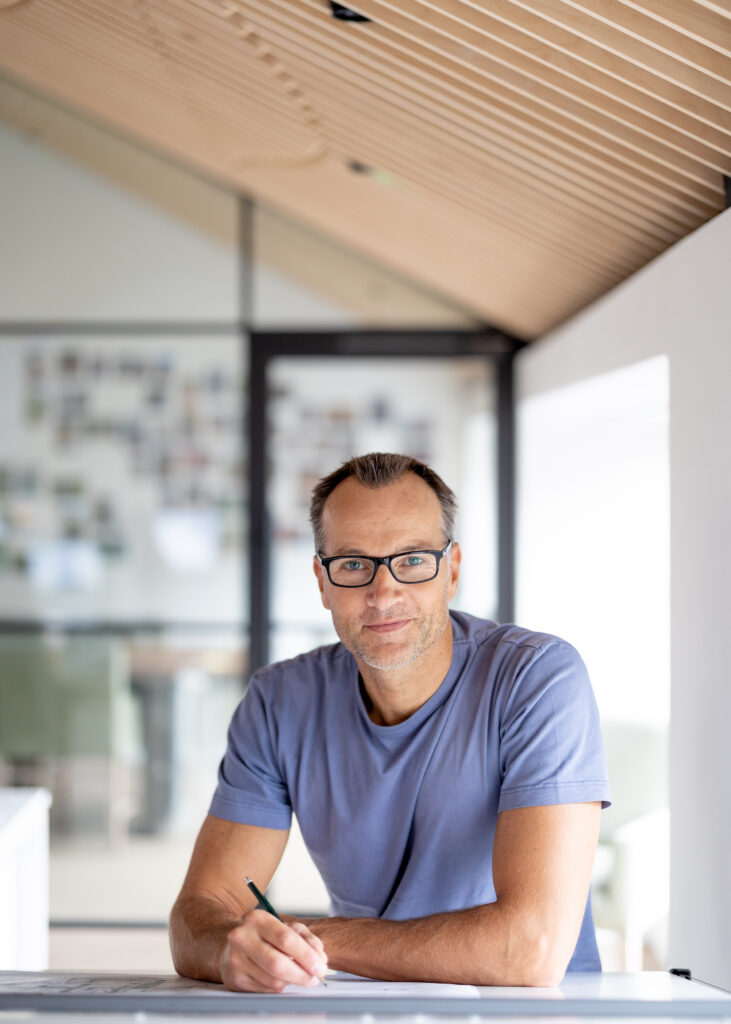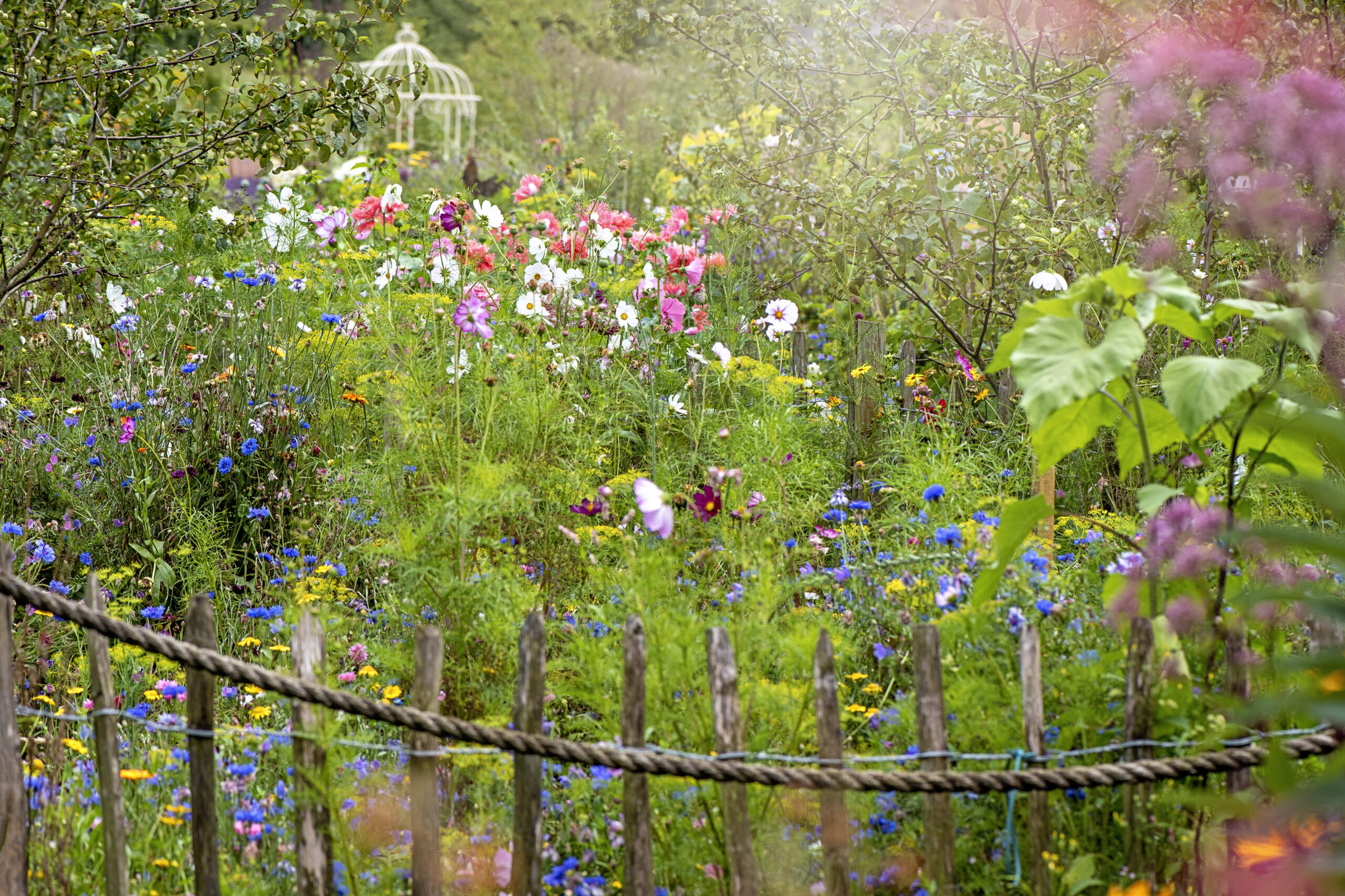The Royal Horticultural Society’s (RHS) Chelsea Flower Show has arrived, promising its world-renowned spectacular garden designs, introduction of innovative materials, and glorious floral displays.
This year’s show takes place between Tuesday 21st May and Saturday 25th May (Tuesday and Wednesday are members-only days). The Buying Solution team will be at the show, looking for emerging trends their customers might be interested in adopting.
Ahead of the much-anticipated horticultural spectacular, we caught up with Chelsea Flower Show veteran, landscape architect Marcus Barnett, to get his predictions for this year’s show. Enjoying as a spectator this year, Marcus has kept a keen eye on emerging trends.
We also spoke with landscape designer Rachael White, who predicts a change in direction for this year’s event.
Marcus Barnett

Marcus is a long-term friend of The Buying Solution, and has exhibited five times previously, winning three gold medals and best in show, so he’s well versed in the pressures and exhilaration of the final days and weeks before the show opens to the public. (Photo by Millie Pilkington)
“It appears that at the 2024 RHS Chelsea Flower Show there are two very clear stand out themes, and they are more apparent than any previous show I can recall.
“First, the ever-increasing shift towards sustainability and environmental stewardship is markedly more prevalent and advanced this year. Strikingly so.
“This seems to centre around how the garden is constructed; indeed, the RHS has created a new award called the Environmental Innovation Award and it’s open to all gardens that have been through the ‘green garden audit’.
“In a nutshell, this is intended to encourage designers to design with the environment as a key consideration. This requires increased effort to reduce or even remove the presence of cement in your garden. And if this cannot be achieved, can you use low-carbon cement (I think cement is responsible for 8% of global warming so you can see why the RHS is pushing this so hard)?
“Additionally, can the designer for example, use recycled materials where possible and can they reduce their carbon footprint through innovative delivery techniques to and from the showground? Other green criteria also apply, but this will have a very interesting influence on design and, crucially, construction.
“The other trend that strikes me as a designer, is a change in overall design layout. Across the board, in the Show Garden category, the designers have laid out organic designs; gone are the days when the majority were rectilinear in layout. Some exist here this year, but they are in the minority.
“Echoing the organic theme and driving it home perhaps, are the planting styles, palettes and the way the plants have been set out. Planting appears to be delivered in a style reminiscent of self-seeding, almost haphazard planting.
“This conclusion is drawn from the images on the RHS website of the show gardens so it’s difficult to see for sure, but it will be interesting to see if this is indeed the case once the planting is completed.
“In earlier flower shows the designs were often more rectilinear in layout (some of my own for example), and the planting reinforced this, clearly this is no longer the case. I think designers feel that sustainability is best emphasised in an organic layout rather than a rectilinear one. This is not to say that they are mutually exclusive. It just seems that a trend is developing – a zeitgeist before our very floral eyes.
“Whatever the outcome, I know that each designer and construction team will be absolutely exhausted! They will leave no stone unturned or plant un-tweaked to ensure their garden is the very best it can be. I wish them well and greatly look forward to seeing the conclusions. After a miserable and protracted winter, the show heralds the onset of summer. It is the first major diary event in the calendar and arguably the finest (I may be biased) flower show on this warming planet.”

Rachael White
Rachael White of Rachael White Designs, is a two-time, gold and silver award-winning exhibitor at Chelsea:
“Chelsea has turned on its head a bit. It used to be big and brash but now it’s really starting to read the crowd and realise we need to focus on sustainability and to step away from structured perfection. Ultimately, that’s why we love nature: because it’s not perfect.
“I think there’s a new focus on going back to nature, using traditional crafts and to generally let our gardens be a bit more messy. I think last year was the first year Chelsea had a nettle at the show – and that’s so special because they should have a place in the garden – they provide so much biodiversity.
“In years gone by, we have stripped the garden of anything organic and it’s caused problems with bugs. When we design gardens now, at Rachael White Designs, we’re starting to include sacrifice beds, where we just let the bugs go wild.
“I often say to my clients in the countryside: look out of your window, you’ll see nothing that’s the same height, the same colour, and you want to look out at that, don’t ruin it by making it a monoculture. In London, where your backdrop is concrete, of course you can be a bit more structured, and the challenge there is to soften the concrete lines; but in the countryside you can blend and bleed into what’s already there.
“The way we design now has to be different because of climate change; draining and irrigation should always be at the forefront of all designs, but especially now with the weather extremes. We’re faced with flash floods and droughts, and we have to plant with that in mind. And be prepared to be more flexible with the choice of plants.
“A big focus has to be the wildflower because it’s your best carbon fixer, I am an accredited partner of the Wildflower Society, because wildflowers are truly gold. They establish within two years – a tree can take 20 – the fibrous root system trebles the carbon locking, and it can allow for drought and for flooding.
“So, my prediction for Chelsea is an embrace of the rough and ready, and saying goodbye to the formal border. More natural materials; more natural planting; and a focus on sustainability. I’m expecting more nettles, more wildflowers, a lot of renewable energy in the spaces, and a focus on retaining water. Sustainability will include considering more local and natural materials, and I wouldn’t be surprised if there were a lot of edible gardens too. In short, more sustainable, naturalising, less perfection. I’m looking forward to attending!”
Chelsea Flower Show, or The Great Spring Show, has been held at the Royal Hospital Chelsea since 1913, home to the Chelsea Pensioners, retired soldiers from the British Army.
There are 66 acres of land attached to the hospital, including the Ranelagh Gardens and the South Grounds, where the Chelsea Flower Show takes place.
